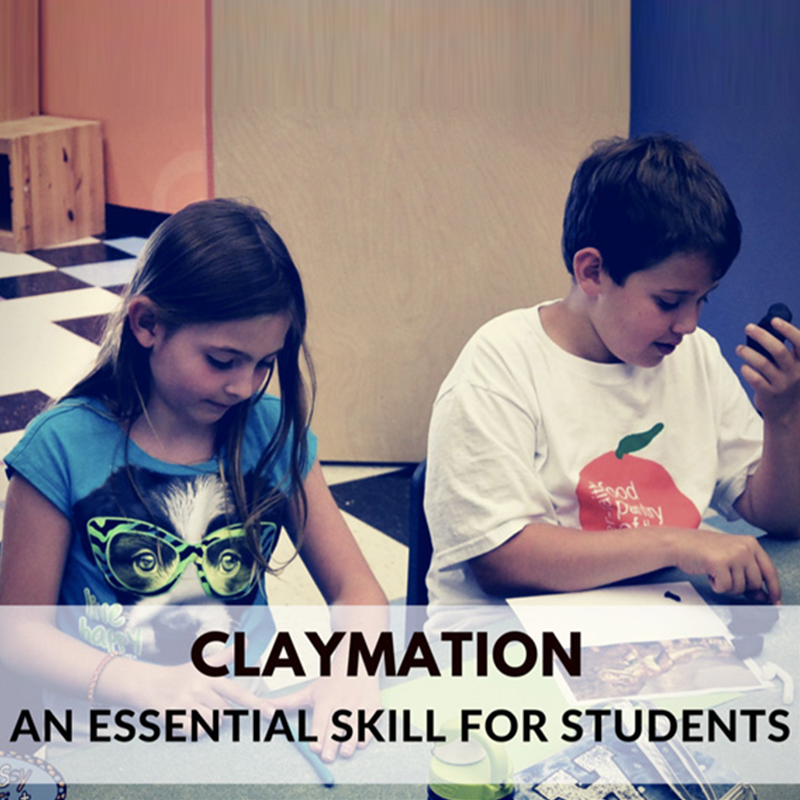Claymation Is An Essential Skill For Students
We all have seen how children love to play with plasticine and clay. These days every school has a clay modeling class in primary classes where they teach children how to make different things with clay and stretch their creativity. But is that enough? After all, we are living in the 21st century where with the help of animation there is a much wider scope for developing creativity in students. And clay modeling is no such exception.
Claymation is any animation done using characters, created out of clay. Traditionally, claymation has been associated with the time-consuming techniques of stop-motion video, but with the coming of affordable computers, digital cameras, and easy-to-use software, claymation is accessible to almost every classroom.
Claymation is second to none for engaging students in the curriculum and bringing creativity and exploration to the classroom. It can be easily modified to meet the needs of a variety of curriculum topics and is perfect for hands-on learners and new technology users. The claymation process helps students build essential thinking and communication skills and provides a fun and relevant way for students to demonstrate their knowledge and abilities.

There are many reasons why it’s becoming important to teach children the art of Claymation as discussed below:
• Working with clay characters and models allows students to explore abstract concepts in a tangible way.
• Creating Claymations helps students build writing, planning and organizing skills.
• It builds creative thinking in students as they begin with a “blank slate” and translate ideas and their imagination into reality by bringing an inanimate clay character to life through a series of frames.
• It also develops problem-solving skills in students as in the process of building a Claymation in the classroom, students discuss, experiment and solve a number of issues such as determining what angle to use to take their pictures and assessing how lighting and sound can affect the mood of their animation.
• Claymation projects are often done in groups and students can develop team building and leadership capabilities.
As mentioned in the above-mentioned points, it becomes essential to teach young children the art of Claymation. Even though schools are yet to incorporate it into their curriculum, there are many resources online for the same which gives practical training in Claymation and are easy to understand.

